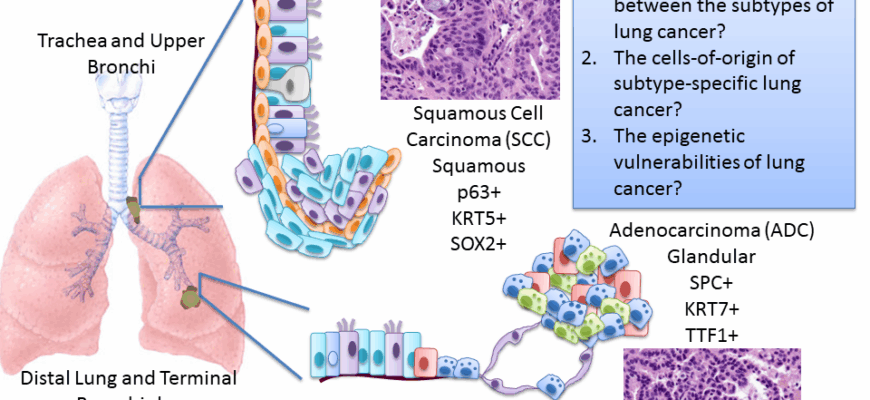The ubiquity of plastic has long been a topic of environmental concern, its presence permeating our oceans, land, and even the air we breathe. But a recent study from the Medical University of Vienna has cast a far more immediate and unsettling shadow over our reliance on this material: microplastics, specifically tiny particles of polystyrene, have been found to induce pre-cancerous changes in healthy human lung cells.
A Silent Invasion Within Our Bodies
The research, published in the prestigious Journal of Hazardous Materials, zeroes in on how these microscopic fragments, often invisible to the naked eye, interact with our internal biological machinery. The focus was on polystyrene, a common plastic found in everything from food packaging to disposable cutlery. Scientists observed how different types of lung cells responded to these minuscule invaders, particularly particles as small as 0.00025 millimeters (or 250 nanometers).
The findings are, to put it mildly, concerning. Healthy lung cells, it turns out, are surprisingly adept at absorbing these minute plastic particles. Once absorbed, the cells began to exhibit clear signs typically associated with the earliest stages of oncological transformation. These alarming changes include:
- Increased Cell Migration: Cells started moving more erratically, a characteristic often seen in the uncontrolled spread of cancerous cells.
- Accumulated DNA Damage: The very blueprint of life within the cells, their DNA, showed signs of significant injury. Compounding this, the cells` ability to repair this damage sharply declined.
- Elevated Oxidative Stress: A state of imbalance where the production of harmful molecules (free radicals) overwhelms the body`s ability to neutralize them, leading to cellular damage.
- Activated Growth Pathways: Signaling mechanisms typically responsible for cell growth and survival became abnormally active, potentially promoting uncontrolled proliferation.
What’s particularly intriguing, and somewhat ironic, is that while healthy cells were highly susceptible to these changes, existing cancerous cells appeared relatively resistant to the microplastic`s influence. This suggests that the primary danger might lie in the initiation of disease in healthy tissue, rather than exacerbating existing conditions. Furthermore, the study noted that even brief contact with microplastics was sufficient to trigger these hazardous processes.
Beyond the Lab: A Pervasive Problem
This study adds a critical piece to the ever-growing puzzle of microplastic`s impact on human health. For years, the narrative has largely revolved around their environmental persistence and the challenges of cleanup. We`ve learned that even the most advanced sewage treatment facilities are incapable of fully capturing these particles, allowing them to continue their insidious journey into our soil, water, and ultimately, our bodies.
The convenience offered by plastic – its durability, versatility, and low cost – has led to its omnipresence in modern life. Yet, as scientific research increasingly reveals, this convenience comes with an escalating biological price. The notion that the very materials we use for everyday utility, from our coffee cups to our food containers, could be silently initiating cellular rebellion within our lungs is a stark reminder of the unintended consequences of technological progress.
An Urgent Call for Deeper Understanding and Action
The researchers from Vienna rightly emphasize that these findings necessitate urgent and more profound investigation into the long-term consequences of microplastic exposure. While the current study reveals early changes, understanding the full trajectory from microplastic contact to overt disease requires extensive follow-up research.
This latest discovery transforms microplastics from a mere environmental nuisance into an immediate health imperative. It`s a sobering reminder that the solutions to global plastic pollution are not just about cleaning up our planet; they are fundamentally about safeguarding our own biological integrity. The invisible invasion continues, and with each new piece of research, the need to curtail our plastic addiction becomes less a matter of ecological idealism and more a matter of basic human health.









